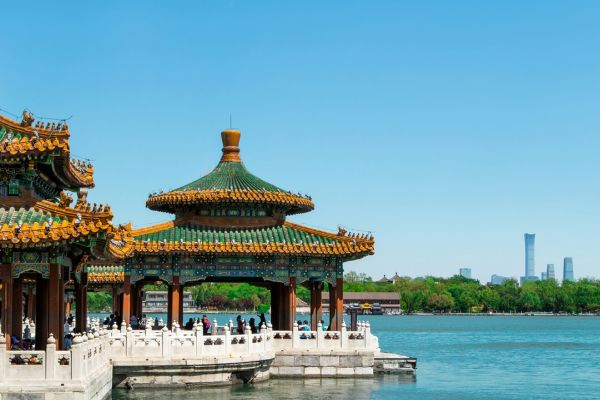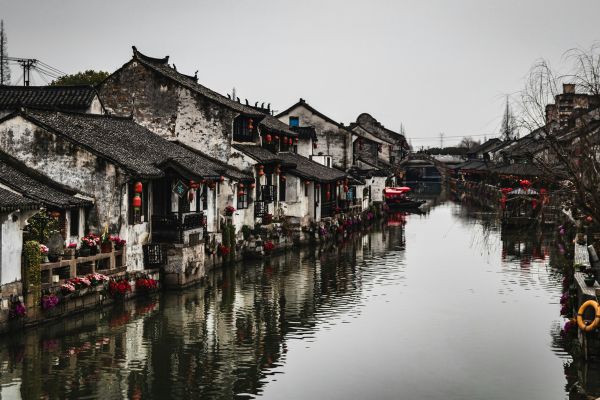
The bankruptcy of an enterprise is divided into seven steps: application, case acceptance, receivership by the bankruptcy administrator, declaration of creditor’s rights, settlement/restructuring/declaration of bankruptcy, liquidation and deregistration.
This post was first published in CJO GLOBAL, which is committed to providing consulting services in China-related cross-border trade risk management and debt collection. We will explain how debt collection works in China below.
The types of enterprises that may go bankrupt mainly include companies and partnerships.
1. Application
If an enterprise is unable to pay off its due debts, and its assets are insufficient to pay off all debts or it is obviously insolvent, the enterprise itself or its creditors have the right to apply with the court for bankruptcy of the enterprise.
2. Case acceptance
If the court, upon review of the application, preliminarily considers that the enterprise has met the bankruptcy conditions, it may make a ruling to accept the application.
Upon rendering of the ruling, the bankruptcy proceedings are officially opened.
3. Receivership by the bankruptcy administrator
The court will, while ruling to accept the bankruptcy application, appoint a bankruptcy administrator.
The bankruptcy administrator is usually an accounting firm or a law firm; if the enterprise going bankrupt is a state-owned enterprise or a locally influential enterprise, its bankruptcy administrator may also comprise personnel from government departments or relevant institutions.
The bankruptcy administrator will receive the enterprise going bankrupt. Also, the bankruptcy administrator will report its work to the court and accept the supervision of the creditors’ meeting.
4. Declaration of creditor’s rights
The court shall, after accepting the bankruptcy application, determine the time limit for creditors to declare their creditor’s rights, usually 30–90 days from the date of bankruptcy announcement.
The creditors shall declare their creditor’s rights to the bankruptcy administrator within the aforementioned period.
Creditors who declare their creditor’s rights are members of the creditors’ meeting, and they have the right to attend the creditors’ meeting and vote.
During the bankruptcy proceedings, the creditors’ meeting exercises actual control over the enterprise.
5. Settlement/restructuring/declaration of bankruptcy
The bankruptcy proceedings will lead to three outcomes:
A. Creditors can reach a settlement with the enterprise to determine a new debt settlement plan.
B. The enterprise itself or its creditors can apply with the court for restructuring, so as to adjust debts, adjust shareholders’ rights and interests, restructure the company, transfer the company or its assets, etc., with an aim to maintain the enterprise’s business operation and balance the interests of all parties.
C. If the creditors do not agree with the settlement or restructuring, or the settlement agreement is not performed, or the restructuring fails, then the court will declare the enterprise bankrupt. At this point, the enterprise is officially bankrupt.
6. Liquidation
The bankruptcy administrator will, upon declaration of bankrupt of the enterprise, dispose of the property of the enterprise and distribute the property to the creditors.
7. Deregistration
Upon completion of the liquidation, the court will rule to close the bankruptcy proceedings, and the bankruptcy administrator will then deregister the enterprise.
* * *
Do you need support in cross-border trade and debt collection?
CJO Global's team can provide you with China-related cross-border trade risk management and debt collection services, including:
(1) Trade Dispute Resolution
(2) Debt Collection
(3) Judgments and Awards Collection
(4) Bankruptcy & Restructuring
(5) Company Verification and Due Diligence
(6) Trade Contract Drafting and Review
If you need our services, or if you wish to share your story, you can contact our Client Manager Susan Li (susan.li@yuanddu.com).
If you want to know more about CJO Global, please click here.
If you want to know more about CJO Global services, please click here.
If you wish to read more CJO Global posts, please click here.
Photo by Chittima Stanmore on Unsplash
Contributors: Meng Yu 余萌









